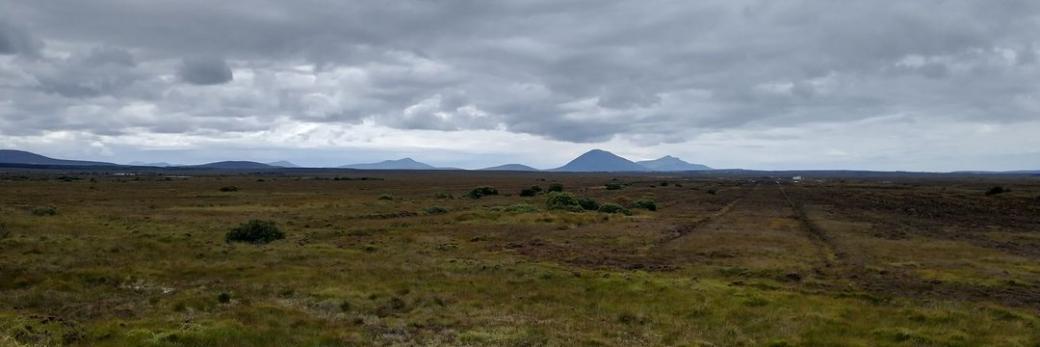
Lead supervisor: Aylwyn Scally, Genetics
Co-supervisor: Charlotte Houldcroft, Genetics
Brief summary:
Investigating the demography, genetics and life histories of prehistoric peoples using computational simulation methods and machine learning.
Importance of the area of research concerned:
Population genetic studies typically consider abstract populations with no spatial aspect, but real populations and species evolve on landscapes in two (or even three) dimensions. This adds a considerable degree of complexity, but the effects of spatial dynamics on demography and evolution can now be explored using powerful new computational simulation methods. Furthermore, a growing quantity of archeogenetic evidence is available for ancient and historical populations, particularly from northern, western and central Europe. Together, these developments provide an opportunity to investigate demographic, social and cultural factors in ancient populations in these regions. Moreover, the methods and approaches developed will have broader application to other species as similar evidence becomes available for them.
Project summary :
The project will develop computational simulations of population genomic evolution in spatial environments and apply cutting-edge inference methods to integrate genetic, geospatial and archaeological data. It will address questions such as:
- Given present-day and ancient genetic data, with what resolution can we infer spatial aspects of past populations, such as their distributions of ancestry and the movements of individuals and groups?
- To what extent can we use archaeogenetic evidence to infer social and cultural factors such as population stratification, sex biases in mating and movement, past mortality from epidemics, and life expectancy or reproductive behaviour?
These approaches will be applied to archeogenetic and paleoenvironmental datasets, focusing in particular on medieval and iron age Europe.
What will the student do?:
1. Develop a framework for simulating genetic evolution with complex demography in a spatial landscape. This will use population genetic simulation tools such as msprime and SLiM.
2. Investigate constraints on the inference of spatial demographic parameters (e.g. mating and migration ranges, reproduction and life history parameters) from genetic and archaeogenetic data. This will use a simulation approach with machine learning inference methods such as approximate Bayesian computation.
3. Use genetic, archaeogenetic and environmental datasets to infer ancestral relationships, population parameters and events in human ancestry.
References - references should provide further reading about the project:
Bradburd, G.S. & Ralph, P.L. 2019. Spatial Population Genetics: It’s About Time. Annual Review of Ecology, Evolution, and Systematics 50.1, pp. 427–449. doi: 10.1146/annurev- ecolsys- 110316- 022659.
Armit, I. & Reich, D. 2021. The return of the Beaker folk? Rethinking migration and population change in British prehistory. Antiquity 95.384, pp. 1464–1477. doi: 10.15184/aqy.2021.129.
Haller, B.C. & Messer, P.W. 2019. Evolutionary Modeling in SLiM 3 for Beginners. Molecular Biology and Evolution, Volume 36, Issue 5, pp. 1101–1109. https://doi.org/10.1093/molbev/msy237
Applying
You can find out about applying for this project on the Department of Genetics page.